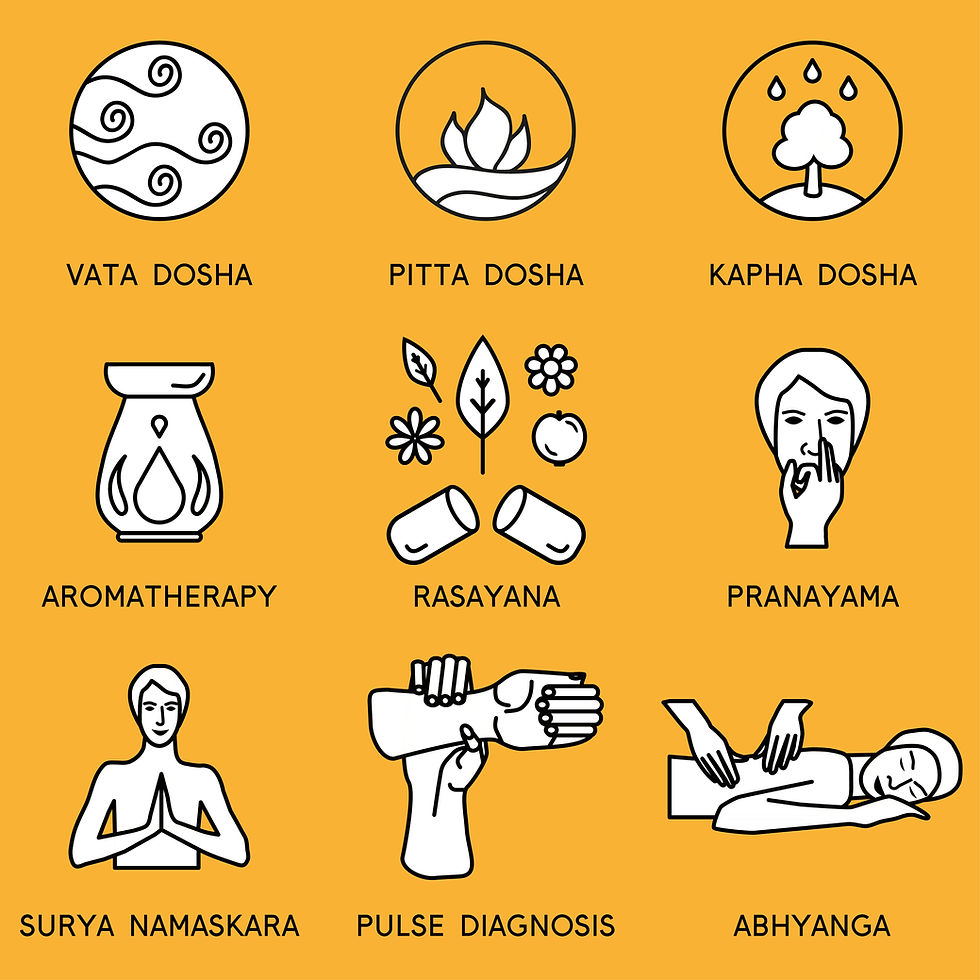Murcha Pranayama
- Jeff Perlman

- Jun 18
- 2 min read

Murcha Pranayama is also known as the "Swooning Breath". Murcha means "fainting", and its practice induces a state of sensory voidness, promoting deep calmness in the mind and nervous system, which enables the practitioner to reach a deeper level of meditation.
Most yogic breaths aim to energize or relax the body, but the Murcha breath directly engages with the mind’s deepest patterns. It allows the practitioner to observe how the mind shifts between conscious and unconscious states, enhancing awareness even during emotional storms or life’s chaos.
When practicing the swooning breath, you engage the throat lock (jalandhara bandha) and perform the two kumbhakas (holds) on inhalation (Antara) and exhalation (bahya).
Jalandhara Bandha is achieved by lengthening the back of the neck while bringing the chin toward the chest, which helps control energy and protects the brain during retentions. Kumbhaka breathing is the art of holding the breath and managing the flow of energy. It has two types: Antara Kumbhaka, which holds the breath after inhalation, and Bahya Kumbhaka, which holds the breath after exhalation.
Benefits
Murcha Pranayama calms the nervous system, removes stress and tension, reduces overthinking and mental restlessness, improves focus and clarity, and balances prana.
How To Practice Swooning Breath
Sit in a comfortable position.
Prepare the breath by beginning with slow, deep breaths. Inhale through the nose and exhale fully.
·Begin your practice by inhaling deeply, apply Jalandhara Bandha by bringing your chin to your chest, and hold the breath in Antara Kumbhaka for a count of six. Then, exhale for a count of six while holding the breath in Bahya Kumbhaka.
Repeat, and on each inhale, hold the breath for six seconds. Then, increase the exhalation time by two additional seconds each round, up to a maximum of twenty seconds.
Example: First round, inhale 6, then exhale 6, second round inhale 6, exhale 8, third round inhale 6, exhale 10, and so on.
Be careful not to over-exhale, avoid gripping, and when finished, transition to savasana, observing relaxation, stillness, and a calm mind.
Suggested practice is to inhale six times, and the maximum exhalation would be twenty times. I hover around twelve maximum exhalations. Practice for 3-8 minutes.
Practitioners should conduct this practice on an empty stomach and refrain from doing so if they experience dizziness, anxiety, or weakness. This practice should be avoided during pregnancy or if the practitioner has a history of heart or blood pressure issues.



Comments